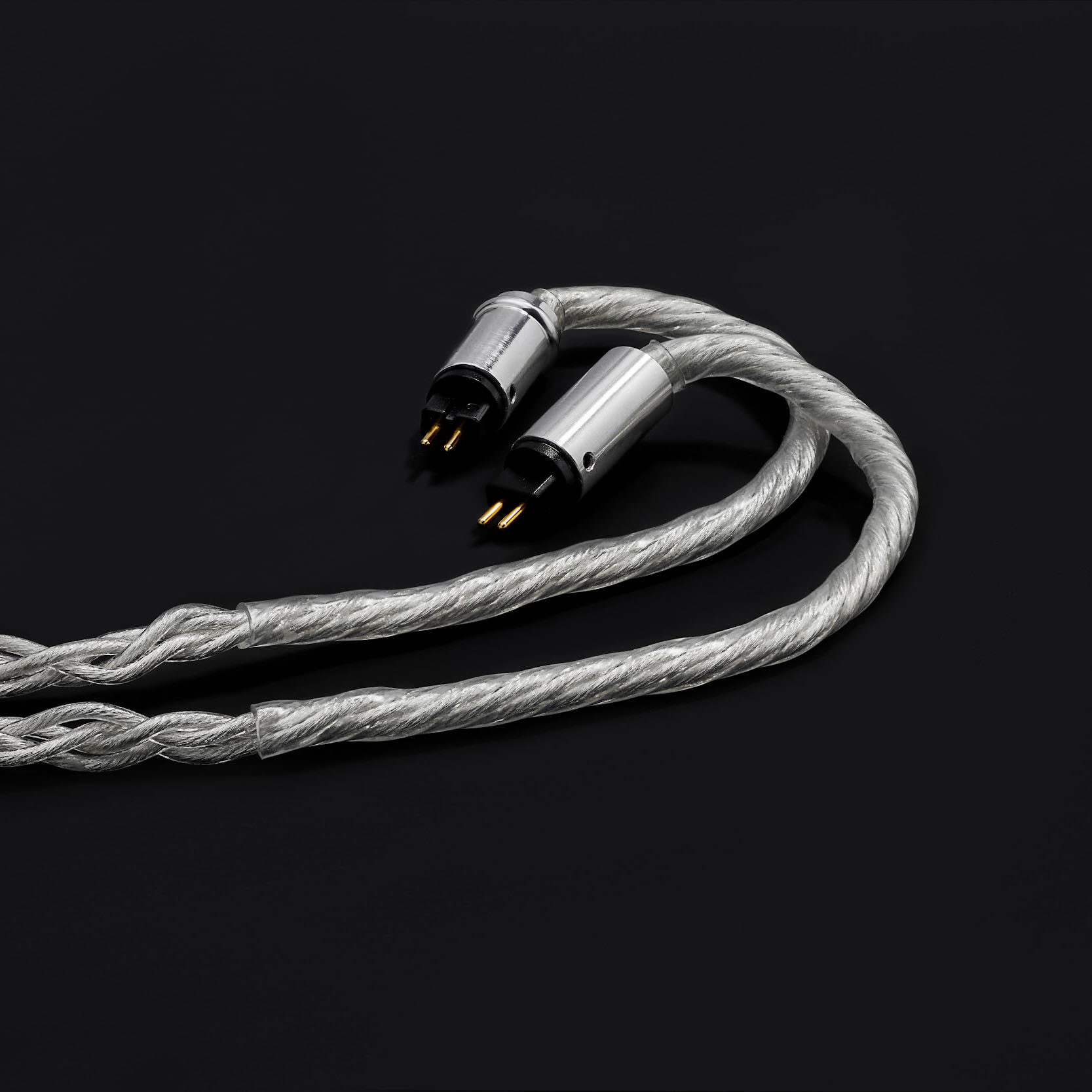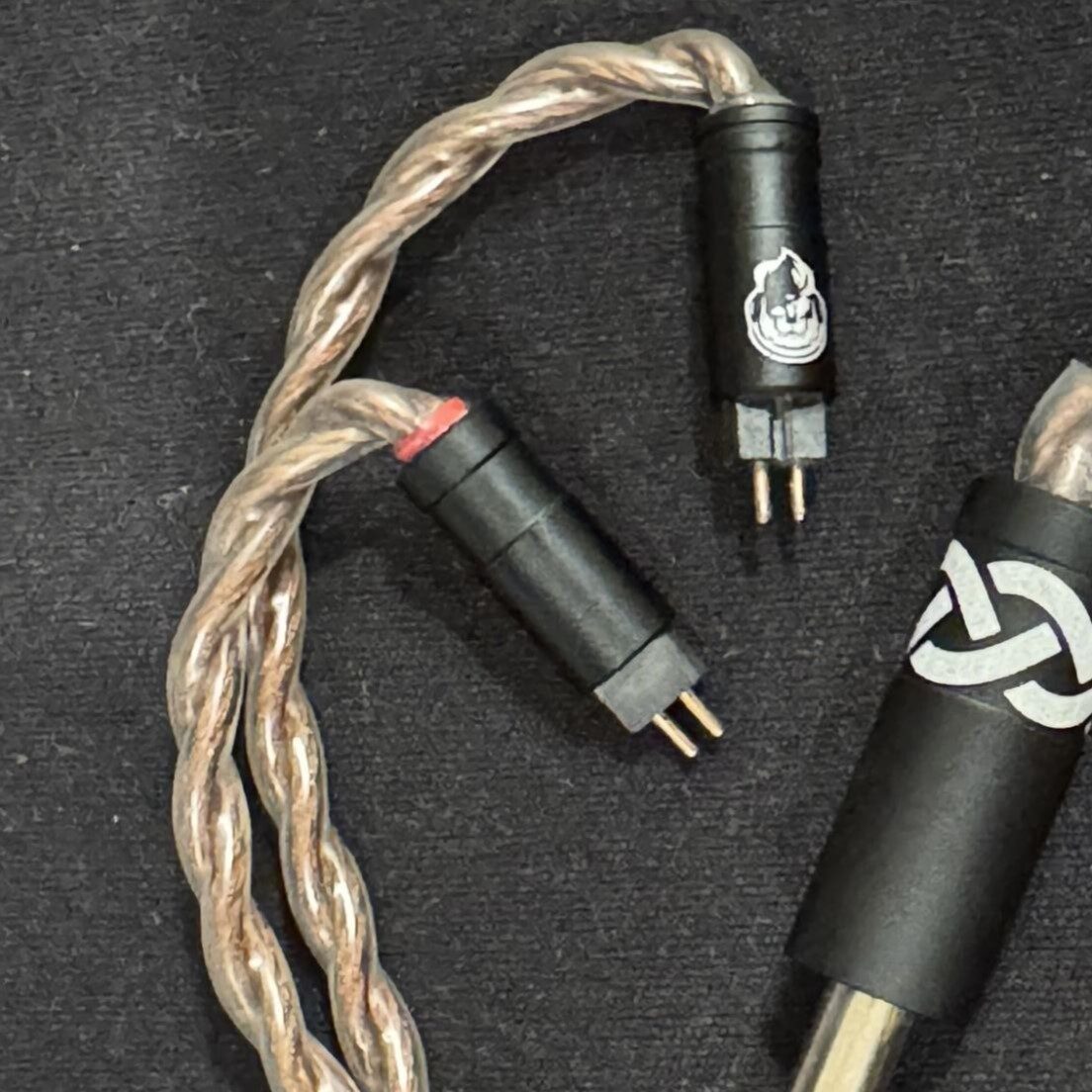
How to Choose the Right Ear Hook for Your IEMs — and Why It Even Matters
- By zikman.audio
Not long ago, a well-known reviewer we sent a cable to asked a fair question: “Guys, why is the ear hook so thick and the bend so wide? It keeps slipping off my ear.” That got me thinking — it’s time to talk about it. Because this is a real issue, and there’s no single “correct” answer. It all depends on your ears, habits, glasses, cable weight, even hair length.
Below is my personal experience and thoughts. Not the final word — but hopefully helpful if you’re trying to figure out why your IEM earhook doesn’t fit or whether you need one at all.
Let’s start with the ear
The ear hook on an IEM cable rests on the upper part of your outer ear — the auricular helix. This is a thin, curved piece of cartilage with almost no soft tissue, which makes it very sensitive to pressure or friction. Many people asking why IEM earhooks hurt or why their ears feel sore after 30 minutes are actually dealing with exactly this. The pressure is usually strongest above the tragus and where the ear meets the scalp. A well-designed hook should sit gently and distribute the weight, not press into the cartilage.
And here’s the catch — there’s no such thing as a universal fit.
Every ear is different. Not just individually, but across different groups of people. Some ears are tight to the head, others stick out more. European users often have larger, more defined helix curves. Asian users tend to have softer, flatter ears. That’s why a lot of people wonder why their earhook keeps falling off — the same hook won’t sit the same way on different ear shapes. Even the angle of your ear canal changes how the cable exits and how the hook wraps around. It’s also why a hook that feels perfect for one person can be totally useless for another.

From what I’ve seen, different brands follow different logic
European brands tend to go with a looser hook. It barely touches the ear, and the IEM itself does most of the work. Asian brands, on the other hand, often go for a tight-fitting hook that hugs the ear closely and stays locked in. That’s great if you’re on stage or moving around a lot. But if you’re looking for a comfortable earhook for everyday use or something that doesn’t bother you with glasses — a looser fit might be better.

Speaking of glasses — they’re a big deal here.
People often ask what IEMs are best if you wear glasses. If the hook is thick or tight, and it sits under the temple of your glasses, it creates double pressure. That spot gets sore fast. With a looser hook, the cable usually floats next to the glasses and doesn’t interfere. It’s a small detail, but it makes a huge difference in comfort if you wear glasses every day.
Hair, movement, and cable weight matter too.
If you’ve got long hair and you move around a lot, you might notice your hook slipping off sometimes. Same thing during quick turns or walking outdoors. That’s why people often search for how to keep IEM cables from falling off — and it’s usually about the hook. Also, if your cable is heavy, even a soft or loose hook can start pulling on your ear after a while. And if the cable is stiff, it makes things worse. So if you’re buying an IEM cable for running or travel, that’s something to consider.
At Zikman, here’s what we do
Our standard hook is soft, loose, and medium in thickness. It’s a middle ground that works well for most of our customers. A tight hook — you either love it right away or hate it immediately. A loose one (like mine, which barely touches the ear) might require adjusting once in a while, but it won’t wear your ear down. And if someone wants a tighter fit, we can easily make a custom bend, or skip the hook entirely if that’s what you prefer.
People also ask whether hook thickness matters.
Yes, it does. Thinner tubing seems like it would be lighter and more comfortable, but it actually creates more pressure in a smaller area. The result? More discomfort, not less. Thicker tubing spreads the weight out, making it gentler overall. That’s why we go with something in the middle — holds its shape, doesn’t cut into your skin.
And what about no earhook at all?
A lot of people remove the heatshrink or ask for a cable without any earhook. So the question comes up: should IEM cables have earhooks at all? The answer depends on the cable. If it’s light and soft — yes, no hook can be super comfortable. The cable just drapes over the ear and disappears. But if the cable is stiff or heavy, no hook means more pressure, more movement, and more risk of the IEM falling out. That’s especially true if you’re walking, running, or using the cable outside the house.
Our take is simple.
We make a balanced hook by default — not too tight, not too soft. But if you want something different — we’ll do it. Tighter? Looser? Thinner? No hook at all? Just say the word. Everyone’s ears are different, and that’s totally okay.Hope this helped.
— Andre Zikman
